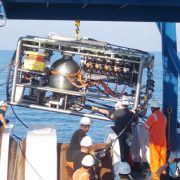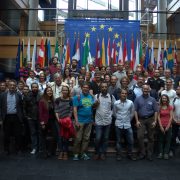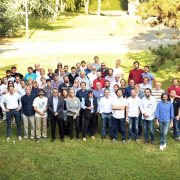Lake Baikal and Pylos
In April 2017, the global neutrino telescope community realising telescopes across the globe, made important progress at two locations very distant from each other.
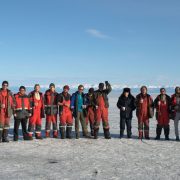 On April 9th, after an intensive deployment campaign, the Baikal GVD neutrino telescope in Lake Baikal, Russia has been successfully extended with a second cluster of detection units. The telescope is now taking data with a total of 576 optical modules. The KM3NeT Collaboration congratulates its Russian colleagues for this important achievement.
On April 9th, after an intensive deployment campaign, the Baikal GVD neutrino telescope in Lake Baikal, Russia has been successfully extended with a second cluster of detection units. The telescope is now taking data with a total of 576 optical modules. The KM3NeT Collaboration congratulates its Russian colleagues for this important achievement.
Two days later, on 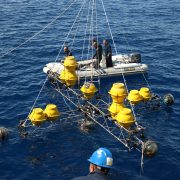 April 11, in the Mediterranean Sea, a team of Greek KM3NeT physicists successfully recovered a prototype detector from a depth of 3000 m, 16 miles west of Pylos, Greece. The detector with 8 optical modules operated autonomously on batteries during four months. The collected data are currently being analysed. The KM3NeT Collaboration congratulates its Greek partners for this important step toward realisation of the future KM3NeT-Gr site.
April 11, in the Mediterranean Sea, a team of Greek KM3NeT physicists successfully recovered a prototype detector from a depth of 3000 m, 16 miles west of Pylos, Greece. The detector with 8 optical modules operated autonomously on batteries during four months. The collected data are currently being analysed. The KM3NeT Collaboration congratulates its Greek partners for this important step toward realisation of the future KM3NeT-Gr site.

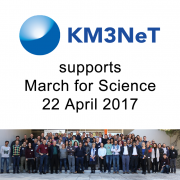 On 22 April 2017 scientists, concerned citizens and science lovers will march to celebrate science and to stress the need for support and safeguarding of the global scientific community.
On 22 April 2017 scientists, concerned citizens and science lovers will march to celebrate science and to stress the need for support and safeguarding of the global scientific community. 17 March 2017 – The KM3NeT Collaboration congratulates
17 March 2017 – The KM3NeT Collaboration congratulates 
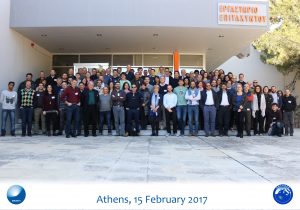
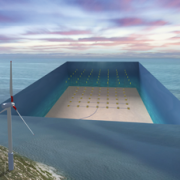
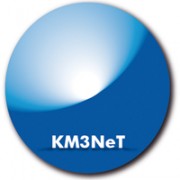 14 December 2016 – In the context of its H2020 program, the European Committee approved a project to establish within three years the KM3NeT Research Infrastructure as a legal and sustainable entity.
14 December 2016 – In the context of its H2020 program, the European Committee approved a project to establish within three years the KM3NeT Research Infrastructure as a legal and sustainable entity.